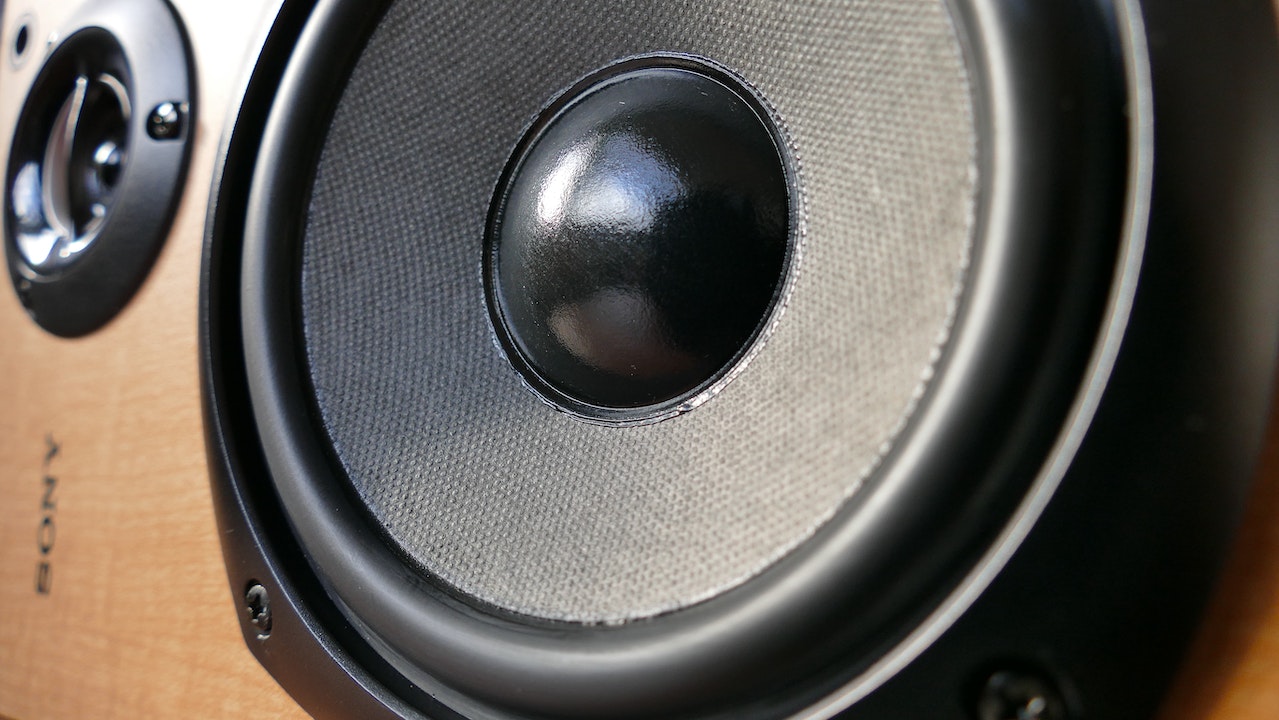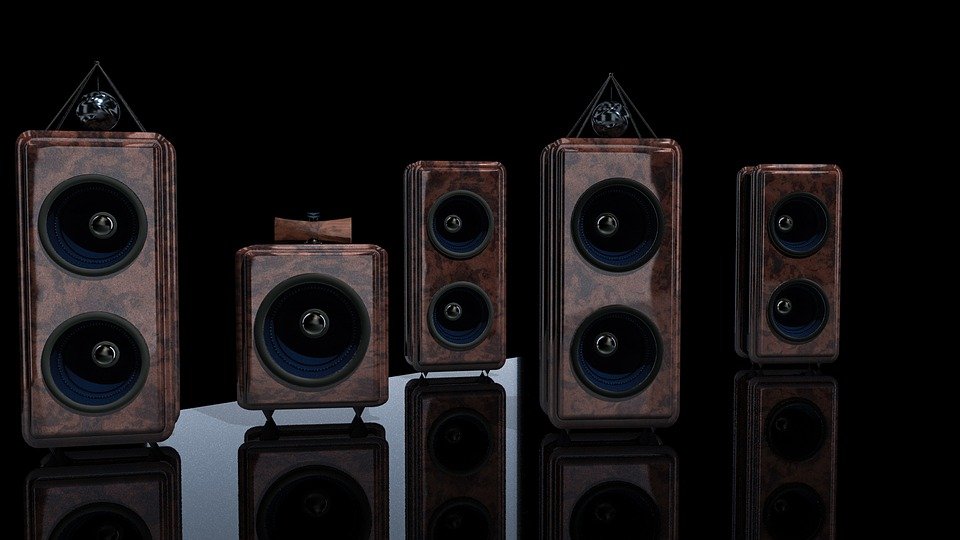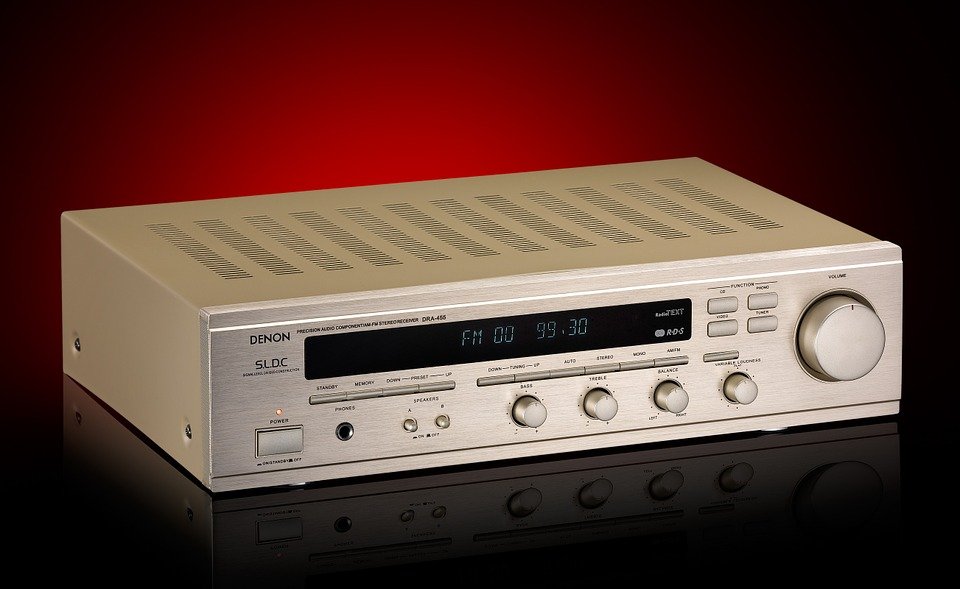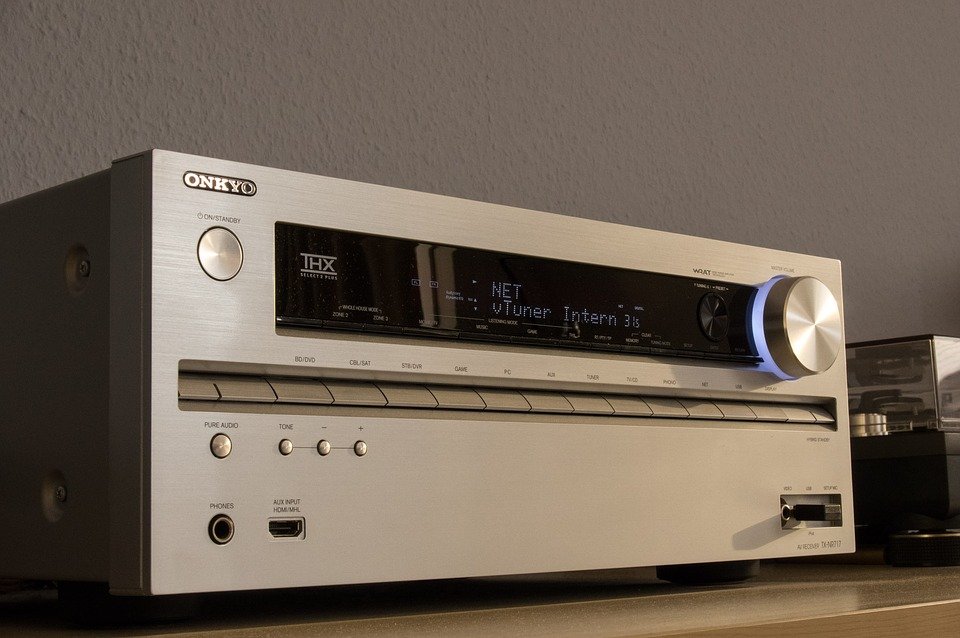If you love watching movies or listening to music, the speakers are arguably the best appliances to have on your home, since it enhances the viewing or listening experience. However, not all speakers sound the same, and some of them may be suitable in certain conditions, while others can have an all-around system that can fit in any room.
To know more about the intricacies of speakers and which one to buy for your living room or home theater, here is an extensive guide for buying speakers. We will be tackling different aspects of the speakers, from its source of power up to its proper placement in the room.
Types of Home Speakers
There are different types of home speakers available in the market, and each of them has different sounds and features.
Bookshelf Speakers
One of the most common types of speakers, the bookshelf type is a small speaker that can be placed at the top of a TV cabinet or on the floor if there is no more space near the television. Since bookshelf speakers are small, they don’t have a lot of bass in their sound, but its overall sound quality can be improved if you add a subwoofer.
Floor-Standing Speakers
As its name suggests, a floor-standing speaker is usually placed on the floor, and they are bigger in size compared to bookshelf speakers, which allows them to produce more bass while also being able to fill the entire room with sound.
However, floor-standing speakers are not recommended for those who have small home theaters or living rooms because the bass it produces can be overpowering if there is not a lot of space for the sounds to resonate around the room.
Wall-Mounted Speakers
As opposed to the floor-standing speakers, wall-mounted ones won’t even touch the floor at all since it is mounted directly on the wall of a room. Wall-mounted speakers are considered the best when it comes to saving space, but they would often lack bass because they are sometimes smaller than bookshelf speakers. A good subwoofer placed on the floor can provide bass for these speakers.
Sound Bars
If you don’t have space in your room to put multiple speakers, then a sound bar may be the perfect option for you. Sound bars are elongated loudspeakers that house tiny speakers in their main body, and some of these sound bars can produce virtual surround sound without the need to surround the room with four or five speakers. Like the wall-mounted speakers, sound bars may need a subwoofer for better sound quality.
Portable Speakers
Although not recommended for movie watching because it lacks surround sound, a portable speaker can be a budget-friendly option for those who like listening to music more than viewing films.
These portable speakers typically have a built-in subwoofer, but it is rather small compared to regular home subwoofers. Since they are compact, these speakers can also be taken outdoors during your travels.
Built-In Speakers
Most TVs would have built-in speakers, but these are smaller than all the other types of speakers on the list. Since television manufacturers are focusing on the image quality of their screens, they usually pay no attention to the speakers built into their TVs and instead rely on speaker companies to provide the best sound quality for their products.
It is recommended that you save money to buy speakers if you want the best viewing or listening experience instead of being content on the sound of the built-in speakers.
Passive vs. Active Speakers
Now that you know the various types of speakers, let’s take about the two main kinds of power sources for them.
Passive speakers don’t have a source of power to make them work, and they rely on amplifiers or sound systems in order for them to produce sounds. This kind of speaker is suitable for those who want to customize the overall sound quality of their speakers, as they can change the amplifiers used for them, and they can also tweak the treble, bass, mids, or other frequencies on the speakers.
Active speakers have a dedicated amplifier that is built inside the main speaker, which saves you a lot of money since you don’t have to buy a separate amplifier. However, most active speakers have limited options when it comes to customizing their sounds, as they often have only volume and bass controls.
Most affordable home speakers today are active, but if you want a customizable sound for your TV set, then you might want to go for passive speakers and buy an amplifier that has an equalizer (EQ) band.
Speaker Channels
The term used for the number of speakers that a sound system has is a channel. For example, if you have four speakers and one subwoofer, its channel is called a “4.1,” wherein the first number indicates how many speakers there are in the system while the last number counts how many subwoofers are supposed to be plugged in.
The cheapest option for speaker channels is the 2-channel, which has one speaker to the left of the system and one speaker to the right. The 3-channel has both the speakers found on the 2-channel, but with an added central speaker that usually separate the sound of conversations in movies.
One of the most common speaker channels today is the 5-channel that has the three speakers of the 3-channel with two extra speakers that can be placed at the back of the living room or theater room to produce surround sound. Sound bars that have a 5-channel configuration have the two extra speakers at the back of its body to provide virtual surround sound for the TV set. People who have the budget to afford high-end speakers can go with a 7-channel, which has seven main speakers in total that fill the home theater with a clear and punchy sound.
For even better sound quality, some 5-channel and 7-channel speakers have Dolby Atmos, which is a feature that uses two speakers to blast sound upwards to create a cinema-like sound quality for the sound system. If the sound system has Dolby Atmos, you would often see labels such as “5.1.2” or “7.1.2” on its back, and the third number indicates how many speakers are used to produce the Dolby Atmos sound feature.
Proper Placement of Speakers
An important aspect to note when buying speakers is if they will be allowed to produce the best sound quality with the space provided to them in the room.
Before purchasing a sound system, make sure that you have estimated the size of your living room or home theater. If the room is small, then buying large speakers may not be advisable, as the subwoofer that comes with them may produce bass that is too loud that the overall sound can get quite muddy. If you have a large room, smaller speakers are not enough to fill your room with sound.
All in all, there should be a proper balance when it comes to both the space of your room and the size of your speakers. As such, big rooms should have large speakers, and smaller rooms should have compact speakers.
Besides the size of the room, you should also consider where exactly to place your speaker. Putting them in the corners may not allow them to breathe properly, thus providing less bass. Allow the speakers to have an extra open space at the back to enable them to produce sound without any hindrance.
If there is too much echo in the room, then the sound may bounce around the walls, which can cause it to lose its clarity. To see if the area produces a lot of echoes, clap your hands one or two times and see if the sound will echo, if the echo is too loud, then you might want to do several methods to reduce the echo, and one of them is by putting soundproofing sheets on the walls.
In addition, if you are planning to buy a sound system with multiple speakers for surround sound, be sure to allocate plenty of open space at the back of your couch or sofa where you will place the rear speakers.
Wired vs. Wireless
You should also take into consideration if the speakers are wired or wireless. Wired speakers may give you a difficult time placing the wires correctly at the back of your sound system or TV set. If the wired speakers are supposed to provide surround sound, then you must also think about the placement of the wires near your sofa and at the back of the room.
Wireless speakers are easier to set up in the room, as you wouldn’t be bothered with the placement of its wires since they don’t have any. However, some speakers may lose their connection to the sound system if they are too far away, so place them near the TV or just directly at the back of your sofa if you have dedicated a large room for movie watching.
These are just some of the essential things to consider before buying speakers for home use. Remember all the steps that we have provided for you so that you won’t purchase the wrong speakers for your home theater, and make sure that you have watched or read reviews online to see which brand and model of speakers suit your preferences.




